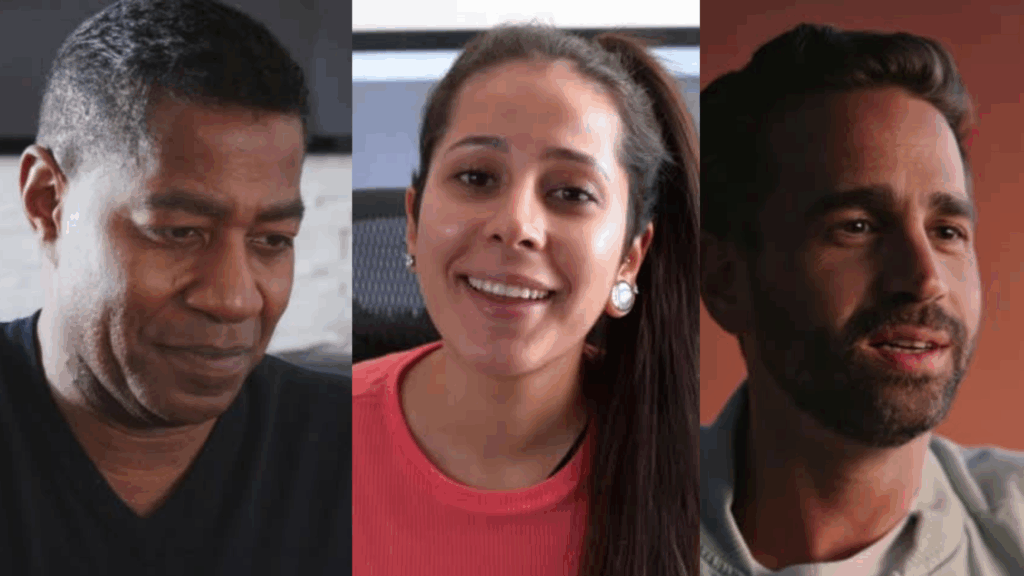The Current State of Vaccinations in Vulnerable populations | Continued Gap amongst LatinX and Black Populations

The COVID-19 pandemic has showcased how vulnerable minority populations truly are, particularly the LatinX and Black communities. Progress has been made but there still continues to be significant gap in vaccination rates. According to recent Kaiser Family Foundation numbers, “the percent of White people who have received at least one COVID-19 vaccine dose (43%) was roughly 1.5 times higher than the rate for Black people (29%) and 1.3 times higher than the rate for Hispanic people (32%) as of May 24, 2021.”
In order to understand the current state of vaccinations in vulnerable populations, we used a mix of secondary sources and interviews. Here are some of our top takeaways.
LatinX Health Barriers
The Latinx/Hispanic population has been disproportionately affected by covid-19 pandemic due to various social, economic, racial and political factors. Latinx often have low socio-economic statuses which translates to less access to medical resources. Additionally, many Latino families are composed of varying ages, a concept coined as ‘multigenerational families’ which can and has led to greater exposure to COVID as there exists varying risk amongst age groups. A vast majority of Latinx/Hispanics whether immigrants or citizens also encounter severe language barriers and discrimination thus continue to foster distrust towards the predominantly monolingual and white medical community. This discrimination and distrust coupled with the existing fear of detection by immigration authorities as well as deportation perpetuates apprehension towards the U.S. medical community. These anxieties shared by the Latinx population can be combated with the adequate and accessible share of information and resources where Latinx individuals can easily understand and receive the assistance they need in regards to protocols to follow during this time and how to access vaccinations.
Health Barriers for Black Americans
The exponential number of black deaths due to COVID-19 are a direct result of various socio-political, medical and institutional factors. Some of these reasons include: Blacks have a higher rate of underlying health conditions; including but not limited to: diabetes, lung disease, heart disease ~which could and are linked to generally having lower socio-economic statuses due to less access to healthier food products/ resources. Blacks are also more often than not uninsured and do not have primary care providers or rely heavily on Medicaid which provides health insurance coverage for low income families. Blacks have historically had less access to quality healthcare and face discrimination within the healthcare/medical field similar to Latinxs, often filling ‘essential front line jobs’ which inevitably increases their risk of exposure to covid as these jobs cannot be done remotely. To this day, Blacks continue suffering from severe housing segregation and gentrification which all compounded, disproportionately affects the Black community more severely when it comes to the effects of covid-19. Education and access to resources can increase health literacy and can gradually combat the barriers faced by this community.
This research showcases the need to address these disparities not only for COVID-19 but the ongoing health crisis and any potential health crises in the future.
COVID-19 Outreach Campaign
About the author
You may also Like

When Generosity Gets Complicated: What 223 Americans Taught Us About the Future of Giving
“I’m not opposed to donating, but there’s just too many stories of it being mishandled, and frankly, I don’t trust it.” The Hispanic man who shared this wasn’t...
AI Trust Crisis: Why Users Draw the Line at News and Politics
While AI adoption surges across everyday tasks, a clear boundary emerges for serious information. Insights from the Social Lens Library reveal users across all generations share unified skepticism:...



0 Comments
Leave a comment